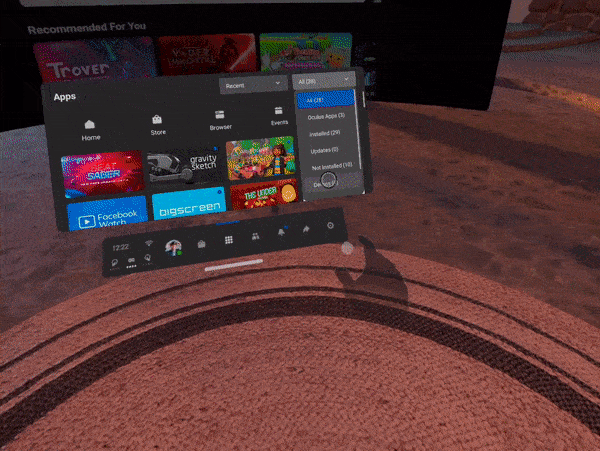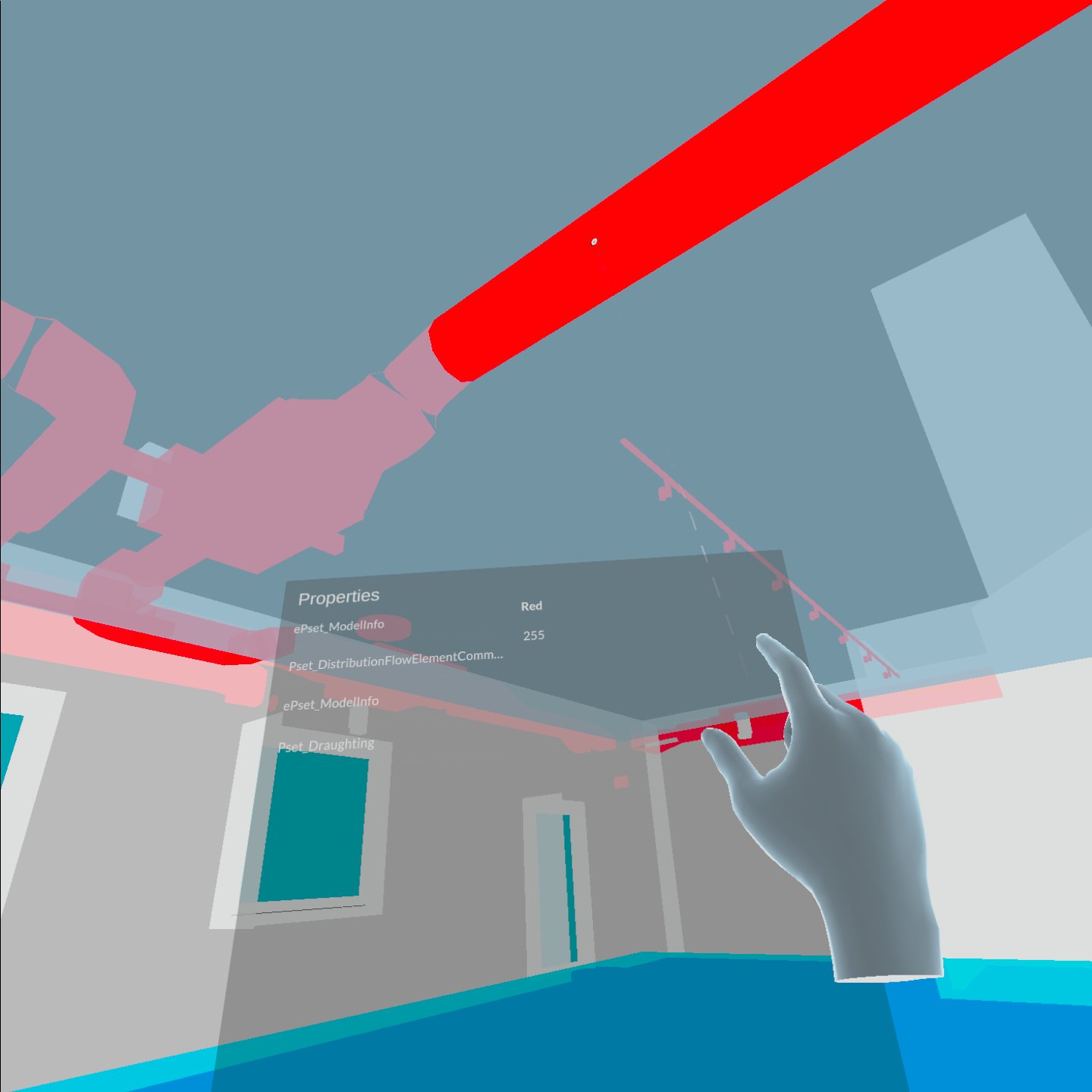It is said that more than 80% of all data that we generate, is somehow connected to our physical world. In construction, probably more than 80% needs to be connected to what we build.
Regardless of the name, 3D CAD, BIM, VDC or Digital Twin solutions tend to be slow, heavyweight and expensive. Or, they leave out too much, just keeping keeping track of a thin slice of the actual building model, effectively throwing away most of our knowledge of what we just built.
Part of the problem is that, for even a normal construction project, it's just too much information to handle, for a person, but also for anything but the most powerful computers. CAD models seem to grow until they barely can run even on the latest CAD workstations, which make them difficult to use in the field, or really for everyone that doesn't have a CAD workstation of their own.
Here's our attempt to simplify working with large CAD: by splitting every file into its constituents, and reassembling just the parts we currently need, it becomes possible to view models of arbitrary size and complexity, on virtually any device. For instance, here's an example of a Virtual Reality viewer running on Oculus Quest, a standalone VR headset with the computing power of a smartphone:

Using this approach, it's possible to load building models that contain more than 20 GB of data, split across hundreds of source files, and assemble the parts into a single model, in real time during viewing, on a mobile device. No Internet connection required after download, and when new data arrives, only the parts that have changed needs to be downloaded.
In the coming posts, we'll explore more examples of how this can be used on site. You can also read more about our current development project and sign up for updates here:
https://informationexperience.se/projects/digital-twin-creation-from-2d-and-3d-drawings/
